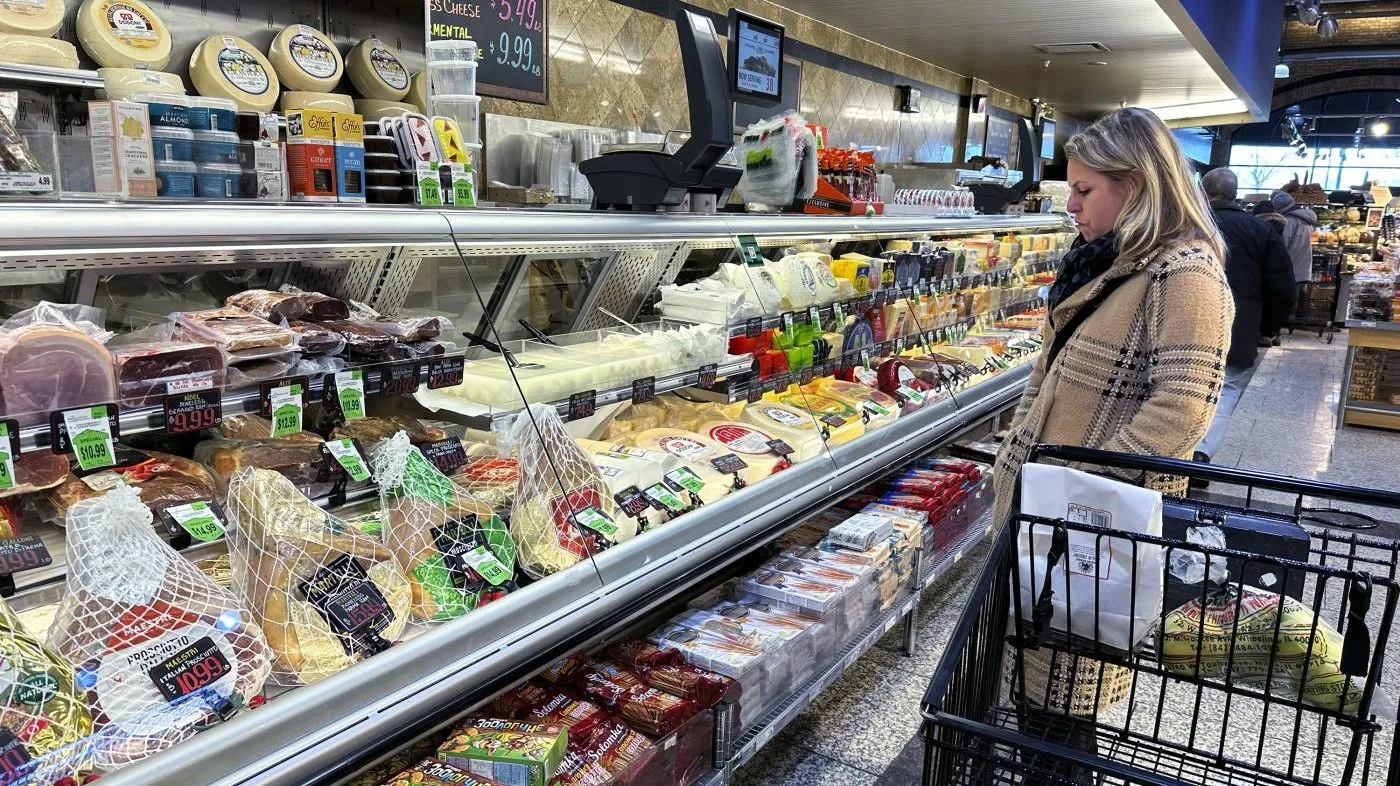Understanding Inflation Falls to Lowest Level Since 2021 and Its Implications for Interest Rates

Inflation Falls to Lowest Level Since 2021
Inflation falls to lowest level since 2021 as the Federal Reserve’s preferred inflation gauge signals positive trends for the economy. The personal consumption expenditures (PCE) price index decreased to a 2.1-percent annual increase in September, down from 2.3 percent in August. With inflation showing signs of cooling, the outlook for interest rate cuts strengthens.
Monthly Changes in Prices
- Prices for goods fell by 1.2 percent for the month.
- Energy prices decreased by 8.1 percent.
- Gasoline prices averaged $3.13 nationally, down from $3.47 a year prior.
President Biden remarked on the economic growth during his administration, emphasizing that this decrease in inflation occurred despite favorable economic conditions. He stated, “While critics said we needed a recession to lower inflation, instead inflation has come down while our economy has grown more than 12%.”
Core PCE and Consumer Activity
Excluding the volatile categories of food and energy, the core PCE also advanced by 2.7 percent annually. However, the monthly increase in core PCE picked up to 0.3 percent, which poses a potential concern for the Federal Reserve. Despite this, personal consumption remained strong, increasing by 0.5 percent in September.
Future Interest Rate Prospects
Market participants can anticipate a clear path for the Fed to pursue further interest rate cuts. Analysts are projecting a reduction of 25 basis points twice by year-end, with a terminal policy rate expected to stabilize between 3.0 and 3.5 percent.
This optimism is buoyed by robust consumer spending and substantial personal savings, potentially allowing economic momentum to continue. A market outlook suggests a “soft landing” is achievable.
This article was prepared using information from open sources in accordance with the principles of Ethical Policy. The editorial team is not responsible for absolute accuracy, as it relies on data from the sources referenced.